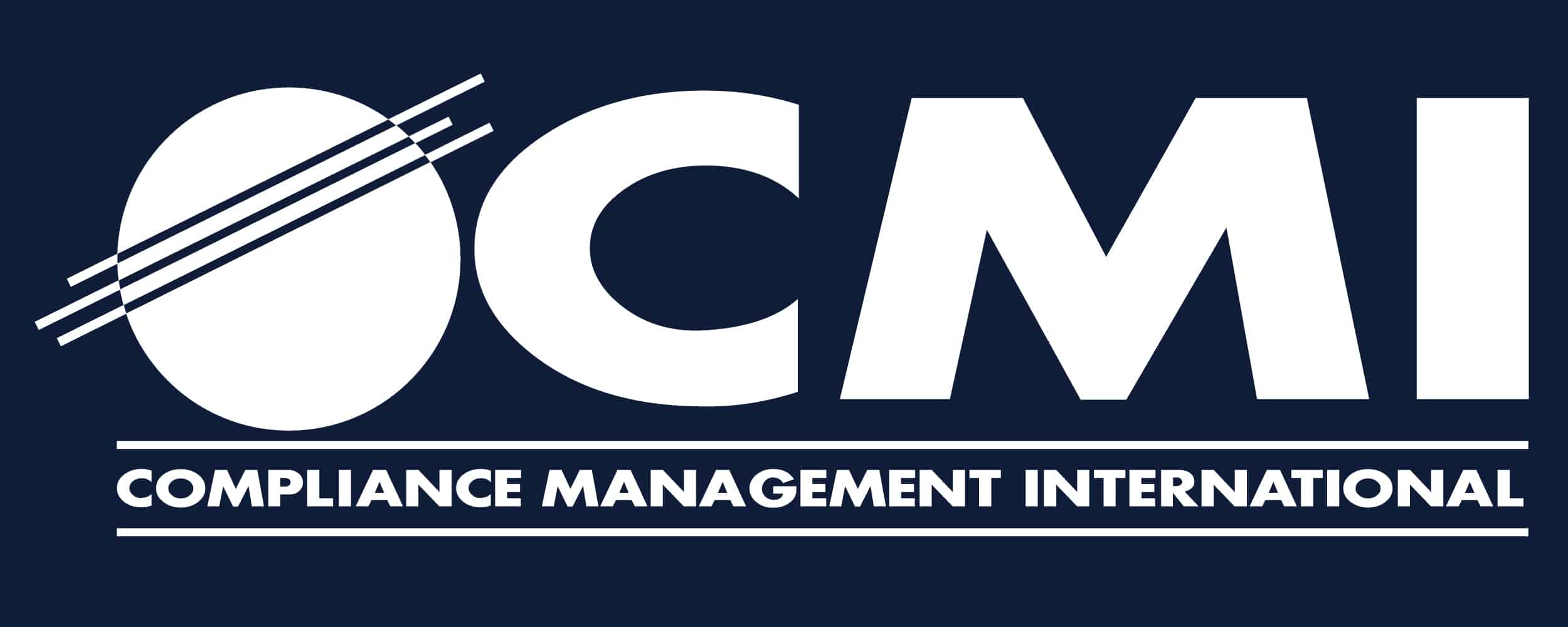
An emergency action plan (EAP) is a written document required by a specific OSHA standard [29 CFR 1910.38(a)]. The purpose of an EAP is to facilitate and organize employer and employee actions during workplace emergencies. A poorly prepared plan, likely will lead to a disorganized evacuation or emergency response, resulting in confusion, injury, and property damage. An example of this was the Lahaina wildfire that broke out in Maui on August 8, 2023. Through investigation it has been reported that there was no evacuation plan for Lahaina residents which resulted in confusion and lack of notification. To learn more about the fire and its complications: https://www.latimes.com/world-nation/story/2023-08-18/maui-fire-exposes-islands-shocking-lack-of-preparation.
Why Is an OSHA Emergency Action Plan and Training Important?
A well-developed emergency action plan can save lives as well as your business. An excellent plan is well-integrated with safety and health information. Some of the consequences of a disorganized emergency response can lead to people being susceptible to injury or death, and/or property damage. Also, this will lead to confusion within your company if you do not have a plan or have not developed it well. Next, it is important that employees go through training so they know what is expected of them when unforeseen circumstances arise.
OSHA Requirements
A comprehensive assessment of your workplace is important and a basic building block of an effective emergency action plan. Using what you gather from your evaluation, you can consider the characteristics of your unique setting – emergency systems, structure, and layout – and understand what the employee response should be to any conceivable event. This information allows you to develop and implement a customized emergency action plan.
Here is what you need to have in your EAP, per OSHA regulations:
- Reporting protocols for any emergency
- Names and/or titles of individuals who should be alerted;
- Assignments of escape routes and step-by-step procedures for evacuation;
- Medical and rescue procedures to be used by appointed employees;
- Confirmation that all personnel are present following an evacuation; and
- Steps to be taken by those on your staff who will stay behind to complete critical work prior to evacuation.
Although they are not specifically required by OSHA, you may find it helpful to include the site of an alternative communications center to be used in the event of a fire or explosion. You should also find a secure on-or-off-site location to store original or duplicate copies of accounting records, legal documents, employees’ emergency contact lists, and other essential records.
The best emergency action plans include employees in the planning process, specify what employees should do during an emergency, and ensure that everyone receives proper training. When you include your employees in your planning, it will encourage them to offer suggestions about potential hazards, worst-case scenarios, and proper emergency responses.
After you develop the plan, review it with all employees and conduct drills to ensure it is well-vetted. It is best to keep a copy of your emergency action plan in an easily accessible location.
In summary, it is critical to review and update your emergency response plan at regular intervals, not just when your environment changes.
The CMI team is well-versed in conducting Emergency Action Plan programs and trainings. Contact us to meet your personal protective equipment or other safety goals.
Written by Jennifer Chupalio
